Filters
Ceramics & Glass
-
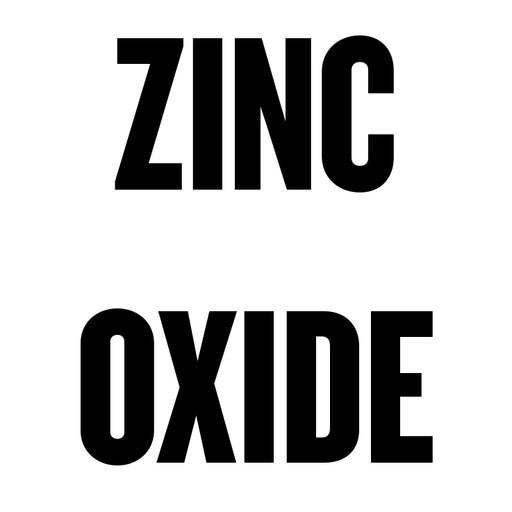 Sale
£8.10| /
Sale
£8.10| /Zinc Oxide
Zinc Oxide is a raw material component in the production of frits and glazes. Normal zinc content for glazes is in the range 1-5%. Higher zinc cont...
View full details -
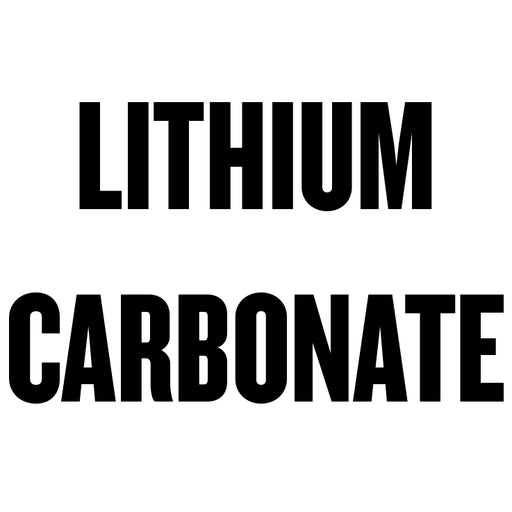 Sale
from £6.25| /
Sale
from £6.25| /Lithium Carbonate
A good alkaline flux used as a substitute for soda and potash when a good craze resistance is required. Acts as a flux in earthenware and stoneware...
View full details -
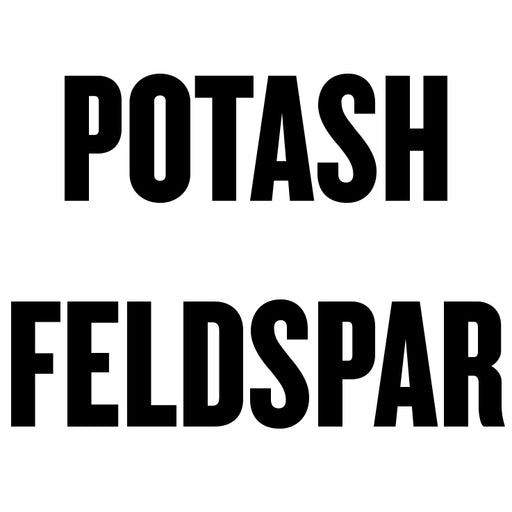 Sale
£5.60| /
Sale
£5.60| /Potash Feldspar
Used as a flux in bodies and as a major constituent in glazes. It melts at approximately 1200C. Excellent as a flux for stoneware glazes making gla...
View full details -
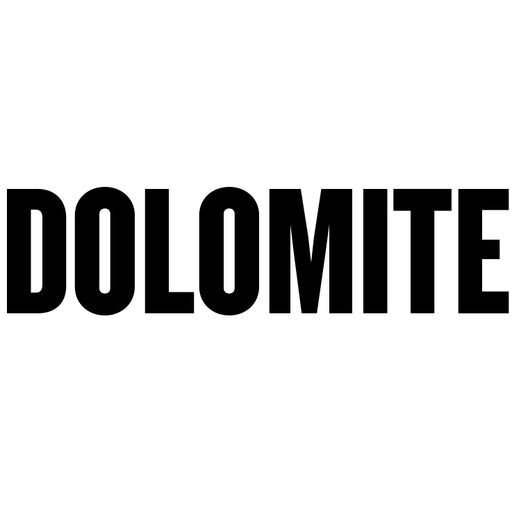 Sale
from £2.00| /
Sale
from £2.00| /Dolomite
Natural source of calcium and magnesium. Useful as a secondary flux in porcelain and stoneware glazes. Please read the safety information prior to ...
View full details -
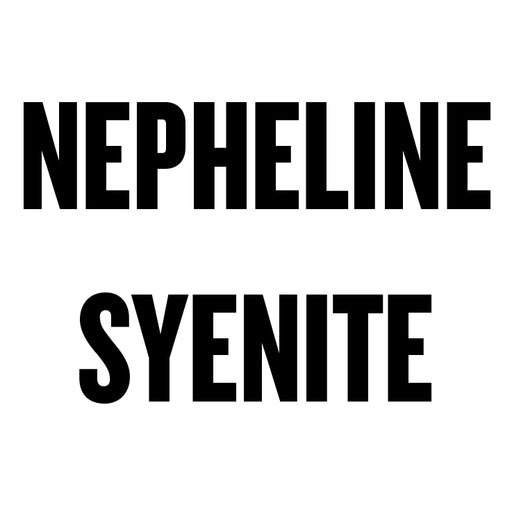 Sale
£5.15| /
Sale
£5.15| /Nepheline Syenite
Nepheline Syenite is a stronger flux than feldspar for uses both in glazes and bodies.Analysis:9.1% K2O 7% Na2O 24.9% Al2O3 56% SiO2 Please read th...
View full details -
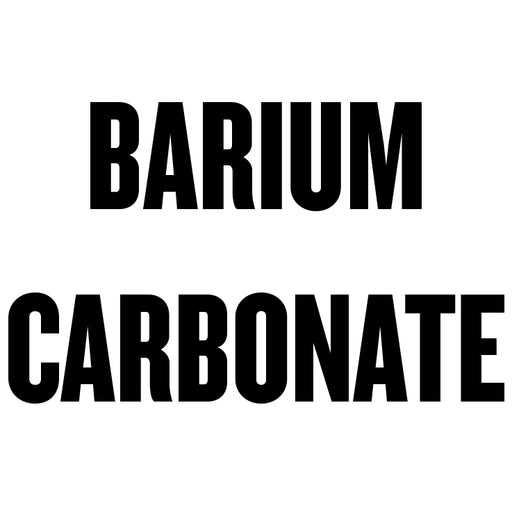 Sale
£12.85| /
Sale
£12.85| /Barium Carbonate
In high temperature glazes Barium Carbonate is used as a flux. It also produces matt and semi matt surfaces at earthenware temperatures, but an exc...
View full details -
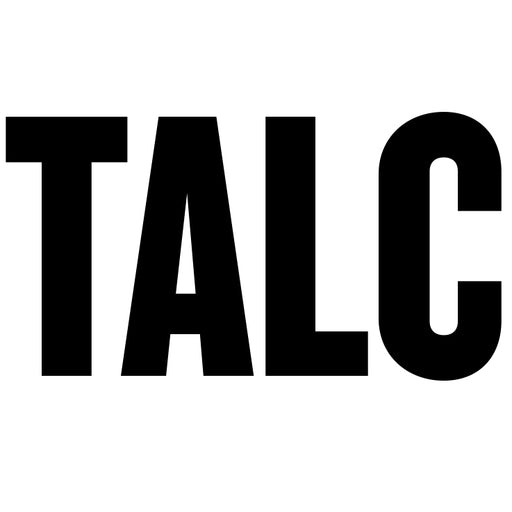 Sold out
from £0.50| /
Sold out
from £0.50| /Talc
Used in a body flux in conjunction with feldspar to reduce thermal expansion and increase thermal shock resistance. It can also be use as a seconda...
View full details -
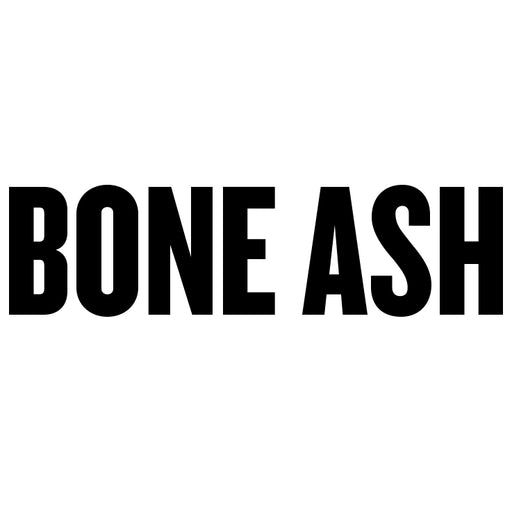 Sold out
from £1.20| /
Sold out
from £1.20| /Bone Ash
Used as a secondary flux in glazes. The essential constituent used to produce translucency in bone china bodies. Occasionally used as an opacifier ...
View full details -
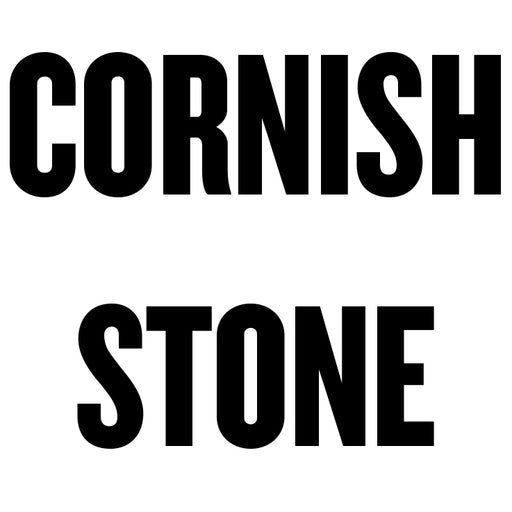 Sale
from £3.35| /
Sale
from £3.35| /Cornish Stone
Cornish Stone is decomposed granite, which is used as a secondary flux in silica glazes and as an alternative to feldspar due to higher content. L...
View full details









